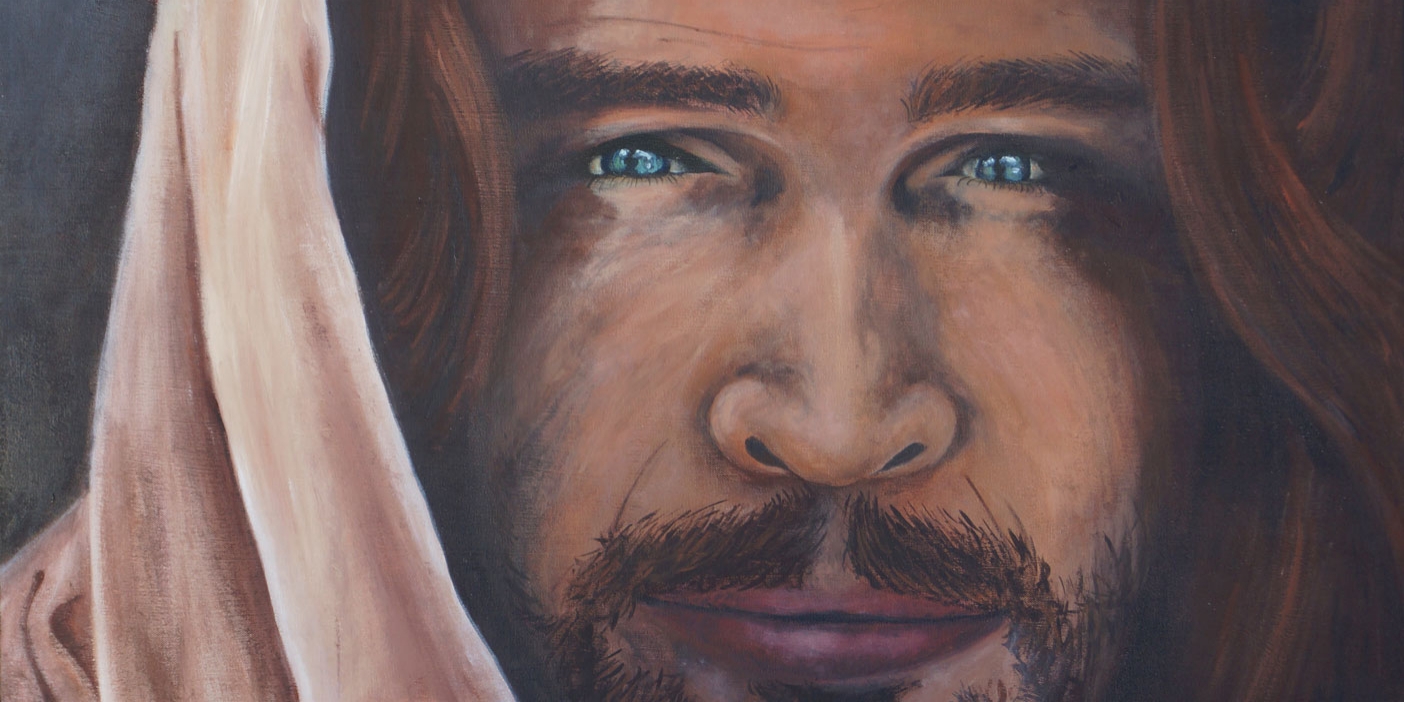By Aimee H. Hansen, ‘02
QUILTS come in more shapes, sizes, and designs than one might think. At the Museum of Art’s exhibition Utah Quilts: Threads of Tradition and Innovation, large rectangular quilts, ideal for cold winter nights, are displayed next to smaller, more decorative quilts designed to serve as wall hangings. Traditional quilting patterns are juxtaposed with dramatic new-age designs. Colors range from soft pastels to vibrant reds and blues, even to dark purples and blacks.
The exhibition, which was curated by Claire Dixon, ’01, displays 20th-century quilts made by women from across the state. Dixon became interested in quilting as she studied American folk art atBYU, and this interest led her to explore the national quilt revival, and specifically the Utah quilt revival, that took place in the 1970s.
Dixon discovered that Utah became a hub of activity as quilting revived around the country. Quilt guilds and classes were organized, most of them focusing on traditional 19th-century techniques. Pride was restored in an art that had nearly been forgotten amidst the mid-century fads of tied quilts and pre-cut kits.
This focus on tradition is demonstrated by many of the quilts in the exhibition. Carol Morgan’s Persian Snail’s Trail exemplifies the tiny, careful stitches and geometric designs typical of 19th-century quilting. The classic pinwheel and log cabin patterns are also portrayed throughout Utah Quilts.
The quilt revival of the 70s has also led to the creation of a new quilting style: art quilting. According to Dixon, “Contemporary art quilters aren’t as concerned with traditional quilting conventions. They try to push boundaries, often leaving raw edges and changing the traditional shape and size of quilts.”
An example of contemporary art quilting can be seen in Susan Estabrook’s Ceci N’est Pas Une Quilt (This is Not a Quilt). The form of this oddly shaped quilt questions the definitions of art and quilting and emphasizes the value of quilts as purely aesthetic works.
Building on her background in painting and design, art quilter Jinny Lee Snow combines quilting, painting, and even beadwork to create a style all her own. “I love the satins and velvets you can use in quilting,” Snow says. “You can get a bunch of different textures with fabric that you can’t with paint. Quilting is a great creative outlet.”
The wide variety of quilts gathered for the exhibition is Dixon’s attempt to validate both modern and historical quilting. “It shows that there are different types of quilt-making and surface design and that they’re all artistic,” she says. “Some people like figuring out different ways to manipulate fabric. Others like feeling that they’re a part of women’s history or that they’re in touch with their ancestors who made quilts. It has different meanings for everyone, but quilting is a beautiful art.”?—Aimee H. Hansen, ’02
Carol Morgan’s Persian Snail’s Trail is on display until Oct. 12.










